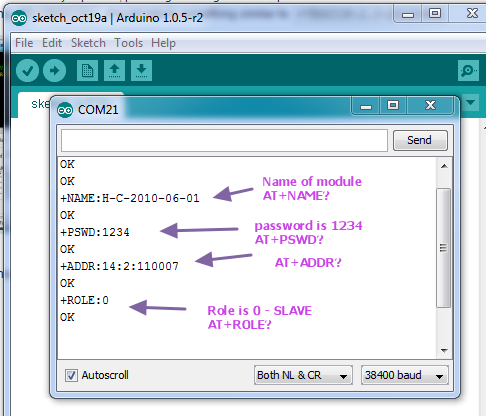Detects USB suspend condition Compliant with Windows 7/Vista/XP/2000/ME/98SE and Mac OS 10.110.6 Install as a standard Windows COM port, Full RS-232 modem control signals, RS-232 data signals; TxD, RxD, RTS, CTS, DSR, DTR, DCD, RI, GND. The 6-foot length allows convenient placement of your devices, while support for 4K resolution delivers clear, detailed content. This Insignia 6' USB-C to 4K HDMI Cable for Macbook, iPad and compatible USB-C Devices cable is compatible with Windows, Mac and Android OS devices for flexibility.
I’m a Mac user since many years, and I always used MacBook Pro notebooks only. I never had any problems to find good alternatives to each Windows software I was using before, even the less common ones. And just as a last resort, there is always a Virtual Machine (XP before, now 7) running inside VMware Fusion.
For the hardware part however, problems has always been a little bit worse. Even if I always checked Apple compatibility before buying any new piece of hardware (especially printers) there has been situations where I was not able to solve my problems. Console cables for connecting to network appliances like switches or routers has been my main problem.
Those console cables usually have an RJ45 jack towards the network appliance, and an RS232 jack towards the computer. But in the last 7 years, since I had my first Mac, I’ve never seen an Apple notebook with a serial cable. There are many Serial-to-USB adapters, but there are few drivers for OS X. Or at leat, until my last small discovery few days ago.
One of my colleagues, working primarily as a Network Administrator, uses a Ubuntu Linux notebook, and he owns this adapter:
Has many adapters of its kind, they have no visible brand or information to read. My colleague told me he got this one many years ago in a electric fornitures shop. It is automatically recognized and mounted by Linux kernel, and this is enough for him. I tried to connect it to my Mac OS X but it was not recognized, as you can see:
The only serial ports available are those created by the Bluetooth antenna, even if the adapter is correctly identified by the USB internal hub. This command
in fact lists all the available USB devices, and also the adapter is listed:
Anyway, I found this great post, and I followed it from beginning to end. Once I completed the steps, I run again the shell command:

The last line is the Serial-to-USB adapter. You can double-check that is the adapter by plugging it out and in and repeating the ls command, you will see it appearing and disappearing. Once I identified the adapter and I loaded its driver, I downloaded ZTerm to use it. You need to configure the program in this way:
Go to Settings -> Modem Preferences… and select the adapter as the default modem. Then, go to Settings -> Connections and you will find a screen like this one:
Now you will have to change the parameters as needed, depending on the appliance you need to connect to. Hitting OK, you should see the console:
In my example, it’s a pfSense installation in a Soekris Net4511.
So, at the end even a Network Administrator can use a modern and fashionable Mac, instead of those old and ugly Windows XP notebooks with a serial port 🙂

The purpose of this blog post is to show the steps required on how to add the UC-232a USB to serial cable to your Apple MAC and then how to configure a profile so you don’t have to enter the commands again. I have had to do this a lot recently due to issues with my MAC so I thought I would document my own workflow on this process.
Step 1: Go here and download the required drivers under Support & DownloadsY
Step 2: Install the driver for the UC232a USB to serial cable it will require a reboot of your computer
Step 3: Open a terminal session, press command key and space then type “terminal” once located hit enter
Step 4: plug in UC-232AC USB to serial adapter into MAC
Step 5: In terminal program type:
$ ls /dev/cu.*
Located the /dev/cu.UC-232AC as per below.
Step 6: Type,

$ screen /dev/cu.UC-232AC 9600
And Now you should have CLU access to your device
If the below message is displayed in Terminal, dis-connect and reconnect your USB to serial cable ;
Now to create a profile so you do not have to continually enter the commands
Step 6: Click on Terminal and select ” Preferences…”
Step 7: In the ” Profiles section” Click “+” icon located bottom left corner
Step 8: Type in your profile name i.e ” USB Serial”
Step 9 : In the shell tab that is part of your new profile you created, click “Run command” and enter in the text field: screen /dev/cu.UC-232AC 9600

Then close the window
Step 10: Right click on the terminal icon and go to ” New window with Profile” and select the profile you created
Now you should have CLI access to your device.
Usb To Serial Driver Mac
If the below message is displayed in Terminal disconnect and reconnect your usb to serial cable
Usb Cables Types
That is it.